
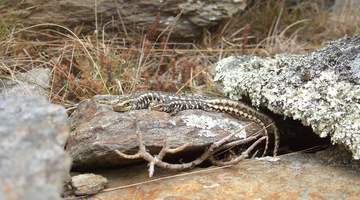
New Zealand’s native species evolved in isolation from other regions for millions of years after the last land bridge to Gondwana was lost. Birds and insects dominated our ecosystems, and the ...
READ MORE

New Zealand has 4 species of native frogs that are all endemic. All 4 are threatened with extinction. A major focus of the amphibian research at the University of Otago is how to save these ...
READ MORE
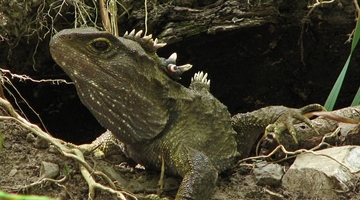
Professor Alison Cree is a reproductive biologist, working in the Department of Zoology at the University of Otago. A key focus of her research is the effect of temperature on New Zealand’s ...
READ MORE

Frogs for the future? is a ready-to-use cross curricular teaching resource. It uses the Ministry of Education’s 2019 Connected article Kimihia Kermit by Philippa Werry. Rights: Crown 2019 Frog ...
READ MORE

In this activity, students have the opportunity to create a lizard-friendly habitat in the school grounds. The extension activity involves designing a suitable environment for keeping lizards in ...
READ MORE

In this activity, students work in small groups to rank a number of native reptiles and amphibians according to their conservation threat status or risk of extinction. By the end of this ...
READ MORE

FrogID is an Australian app that uses audio of frogs’ unique calls to identify various species and their locations. We can use it in Aotearoa New Zealand to record the location of introduced ...
READ MORE
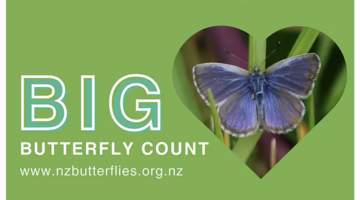
This New Zealand-based citizen science project collects data about butterflies in our gardens, schools, parks and farms – any location in the country or on the outer islands. This annual event – ...
READ MORE

Be part of a worldwide movement and use Global Earth Challenge to submit or classify photos to help our planet’s environment and human health. Global Earth Challenge is a citizen science campaign ...
READ MORE

To most of us, one earthworm resembles another. Although earthworms do have common characteristics, species differ widely in their size, skin colour and in the roles they play in the soil ...
READ MORE
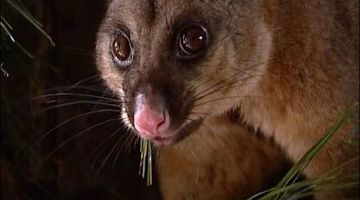
Students of any level develop a board game illustrating knowledge of New Zealand’s possum problem and the strategies used to control it – including biocontrol strategies. Purpose To demonstrate ...
READ MORE

Students collect information from the public about methods of controlling possum numbers and then present a report on the use of biocontrol. Purpose Although the active biocontrol research ...
READ MORE
Dr Phil Bishop, from the University of Otago, talks about his research into metabolic bone disease. This disease only affects captive frogs, and the cure involves an elaborate UV tanning booth ...
READ MORE
Dr Phil Bishop, from the University of Otago, talks about the challenges and the importance of breeding frogs in captivity.
READ MORE
Mainland sanctuaries, also known as mainland islands, are an important conservation strategy in New Zealand. In this video clip, Associate Professor Alison Cree, from the University of Otago ...
READ MORE

Explore this interactive to learn more about New Zealand’s unique reptiles and amphibians. Move your mouse or finger over any of the labelled boxes and click to obtain more information. Select ...
READ MORE

After students have researched an earthworm of their choice they can use this interactive to complete a Wormface profile for their earthworm. You will need the Adobe Flash Player to view this.
READ MORE
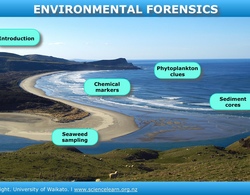
Dr Candida Savage explains the clues she collects in estuaries and fiords, to understand how changes in land use affect these environments. Click on the labels to watch the videos for more ...
READ MORE